-
-47%
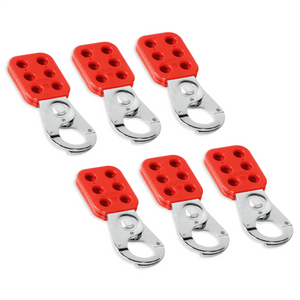
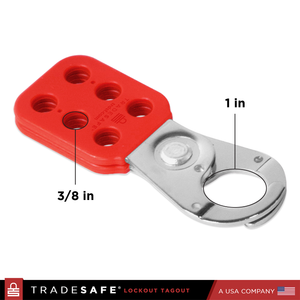
Lockout Tagout Hasp – Nylon and Steel, 1" Jaw Diameter, 6 Pack
Regular price $35.95Regular price$68.00-47%Sale price $35.95 -
-42%
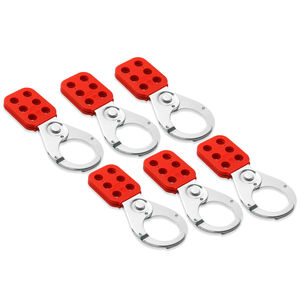
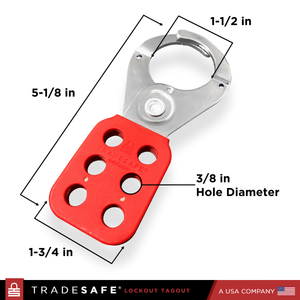
Lockout Tagout Hasp – Nylon and Steel, 1-1/2" Jaw Diameter, 6 Pack
Regular price $45.95Regular price$79.00-42%Sale price $45.95 -
-61%
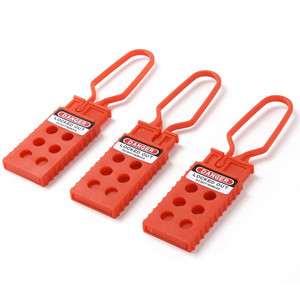
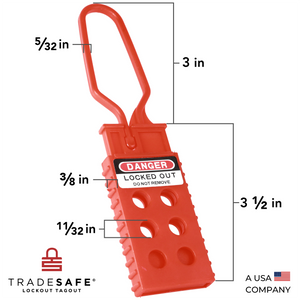
Lockout Tagout Hasp with 6 Padlock Holes – Polypropylene – 3 Pack
Regular price $14.95Regular price$38.00-61%Sale price $14.95
Lockout hasps allow multiple employees to work on the same machine without confusion which can lead to accidents and injuries. This lockout tagout device can help employees follow proper procedures, work efficiently, and coordinate with each other easily.
TRADESAFE ensures that these hasps can keep up with the demands of an industrial facility. Not only can they resist extreme temperatures, but they can also withstand impact and the usual wear and tear that comes with frequent use.
With a reliable LOTO hasp, machines under servicing or maintenance are assured not to be turned back on until the last worker has completed their tasks. This kind of security and peace of mind may be priceless, but these hasps offer great value for money.






